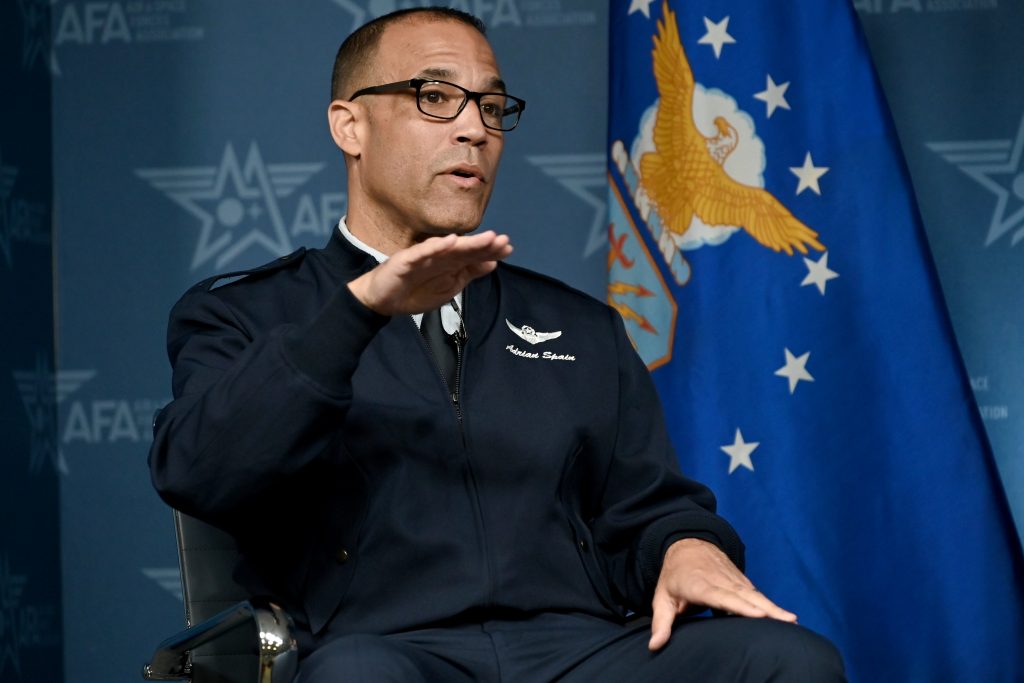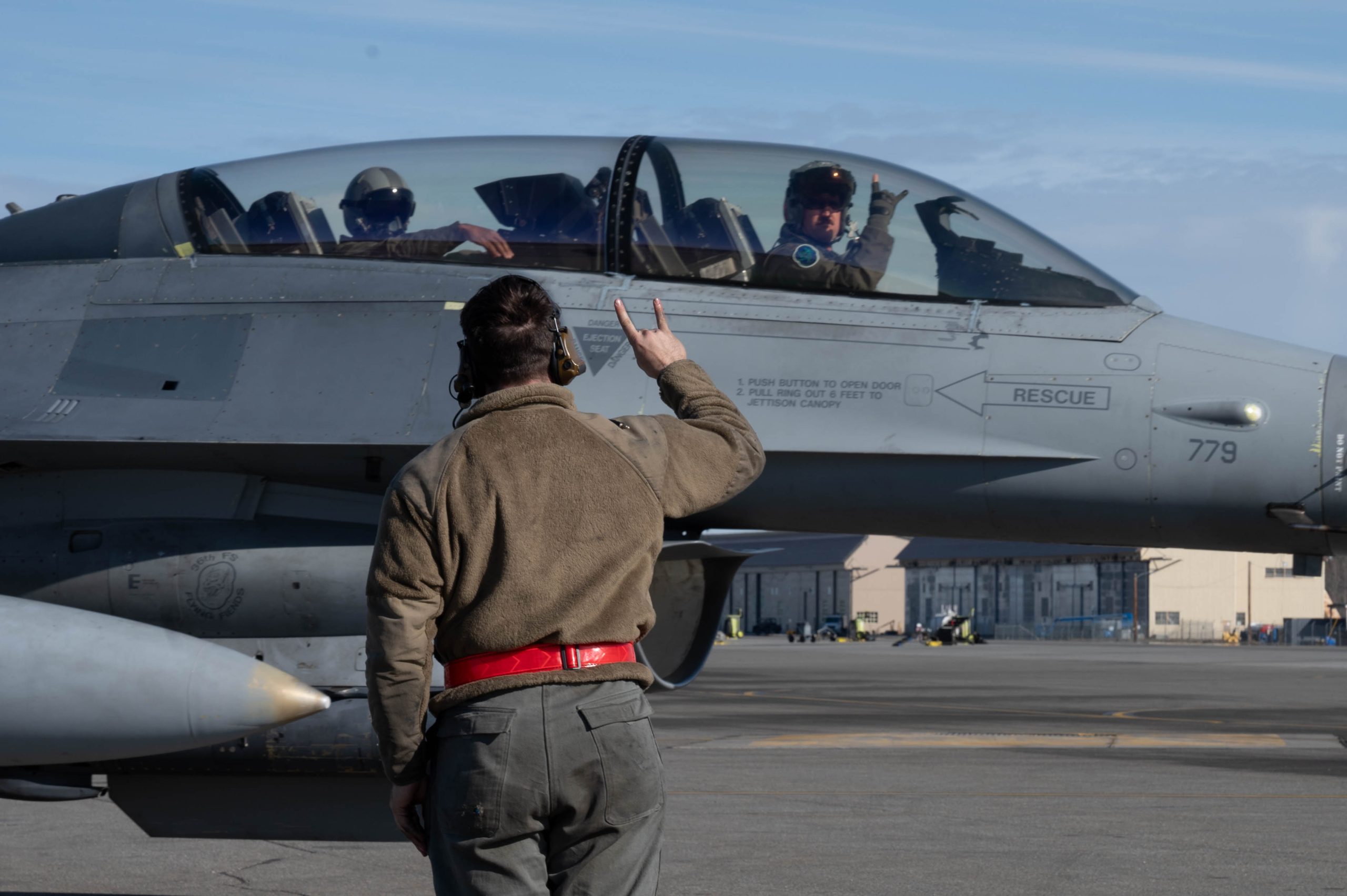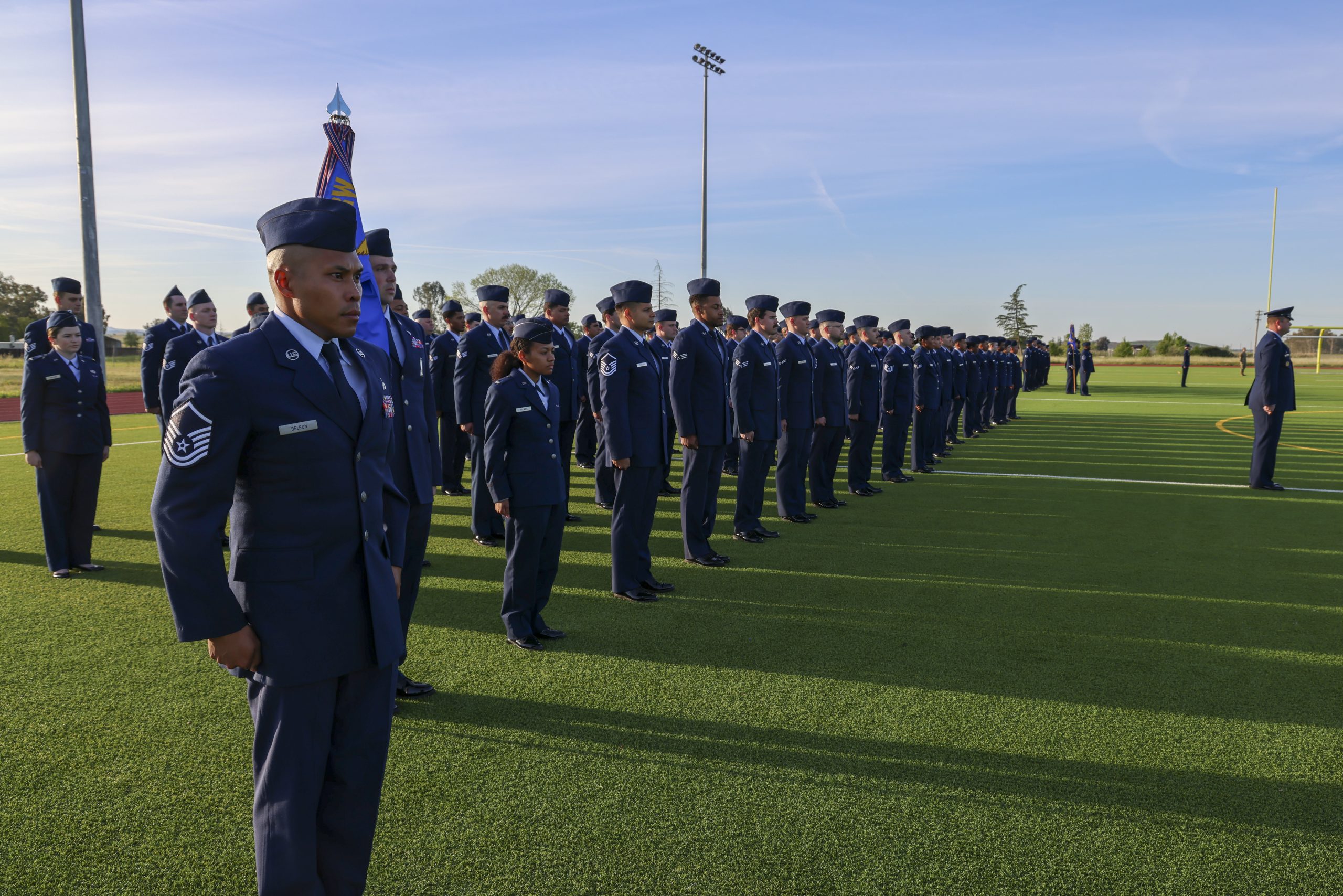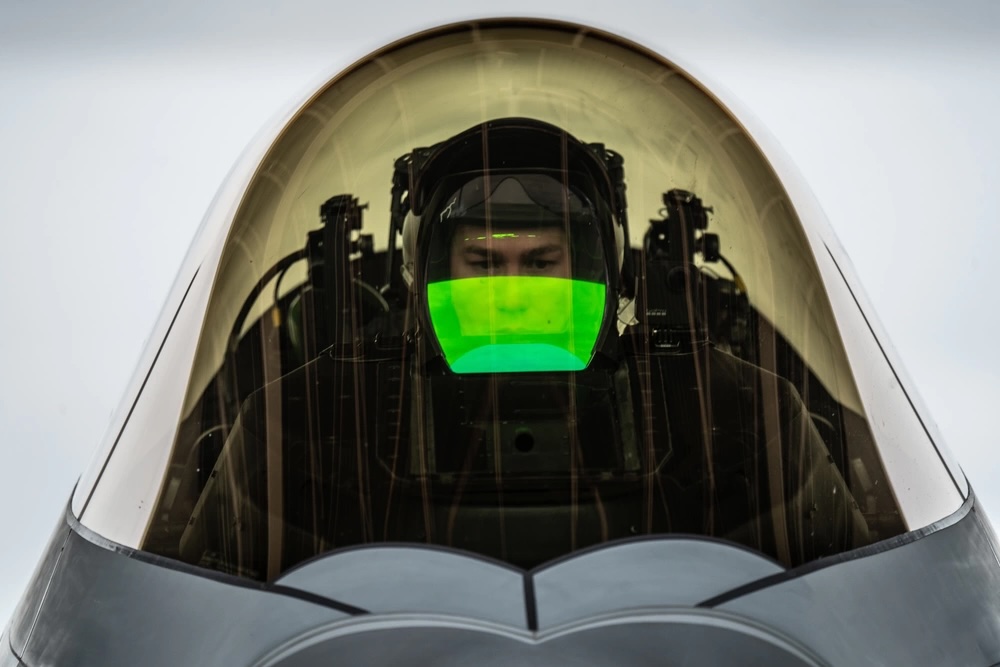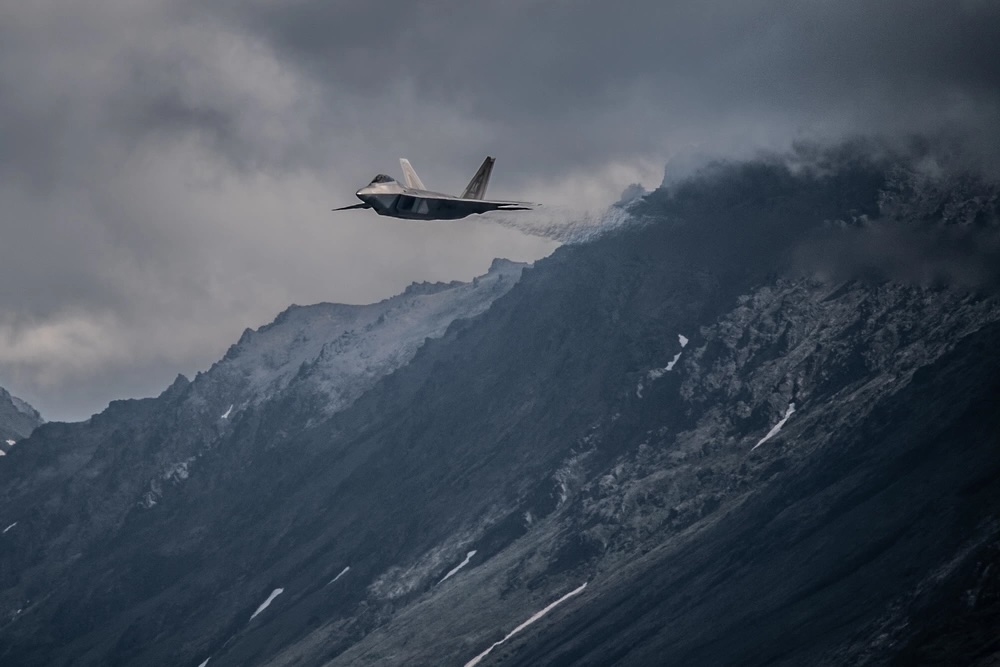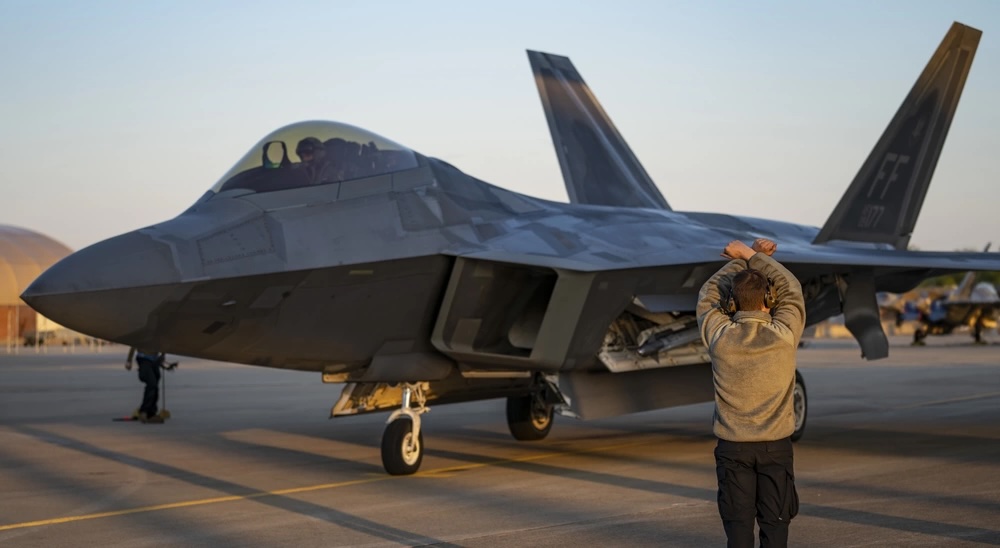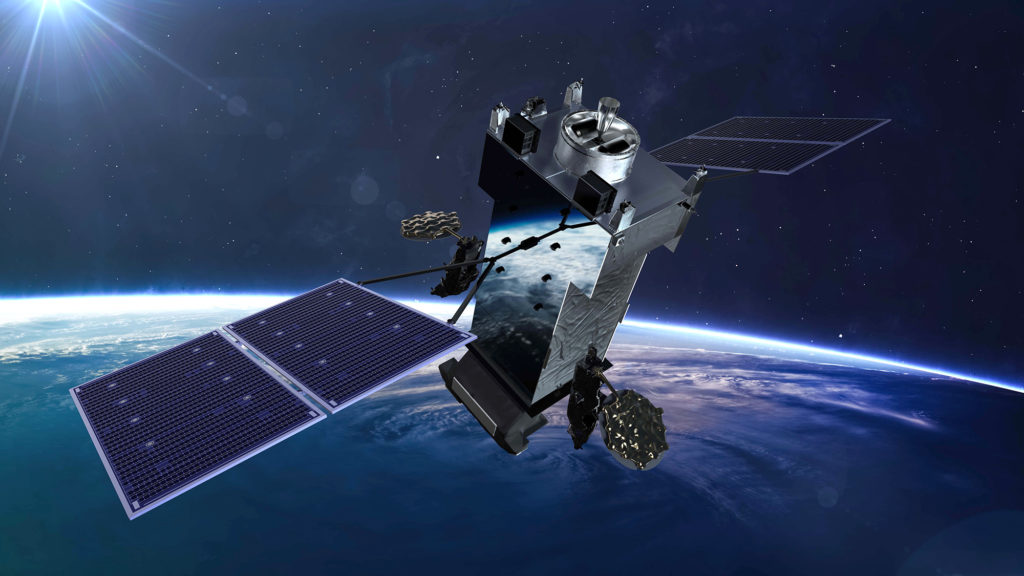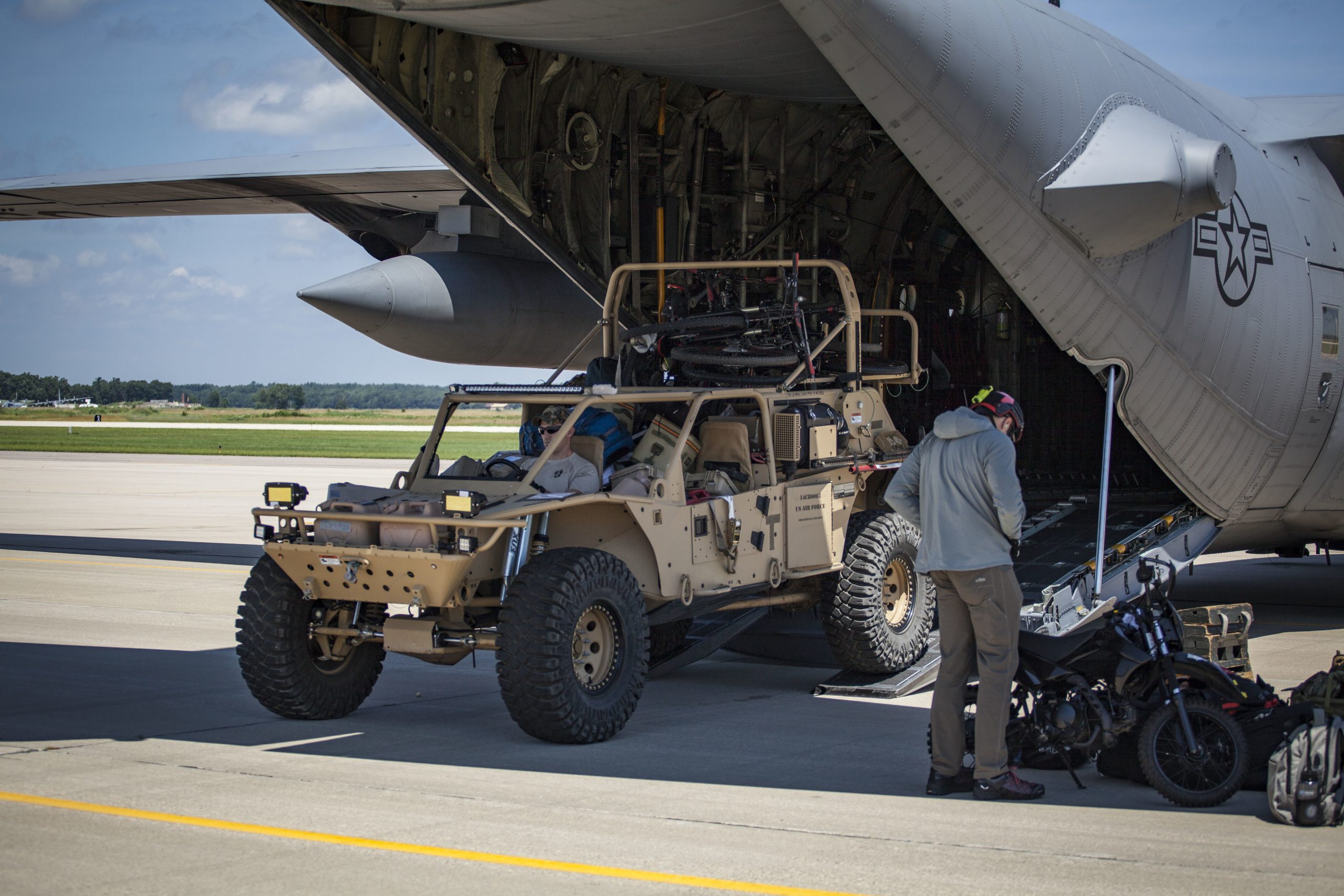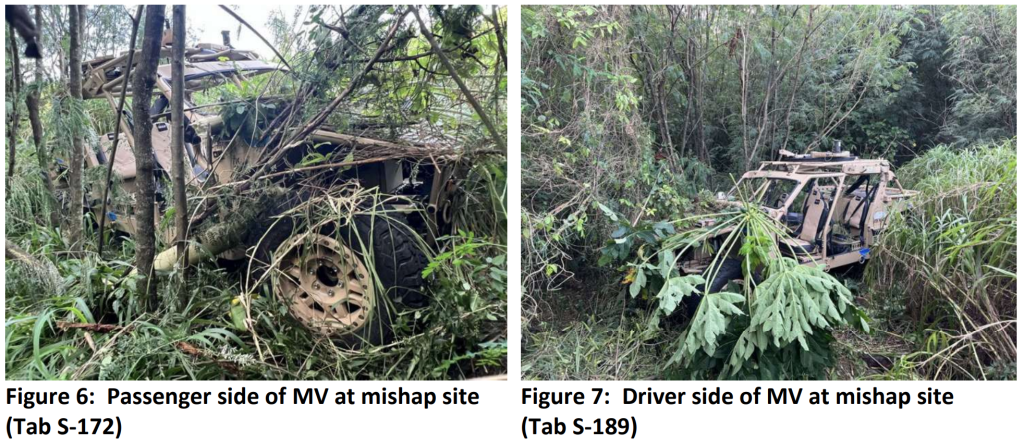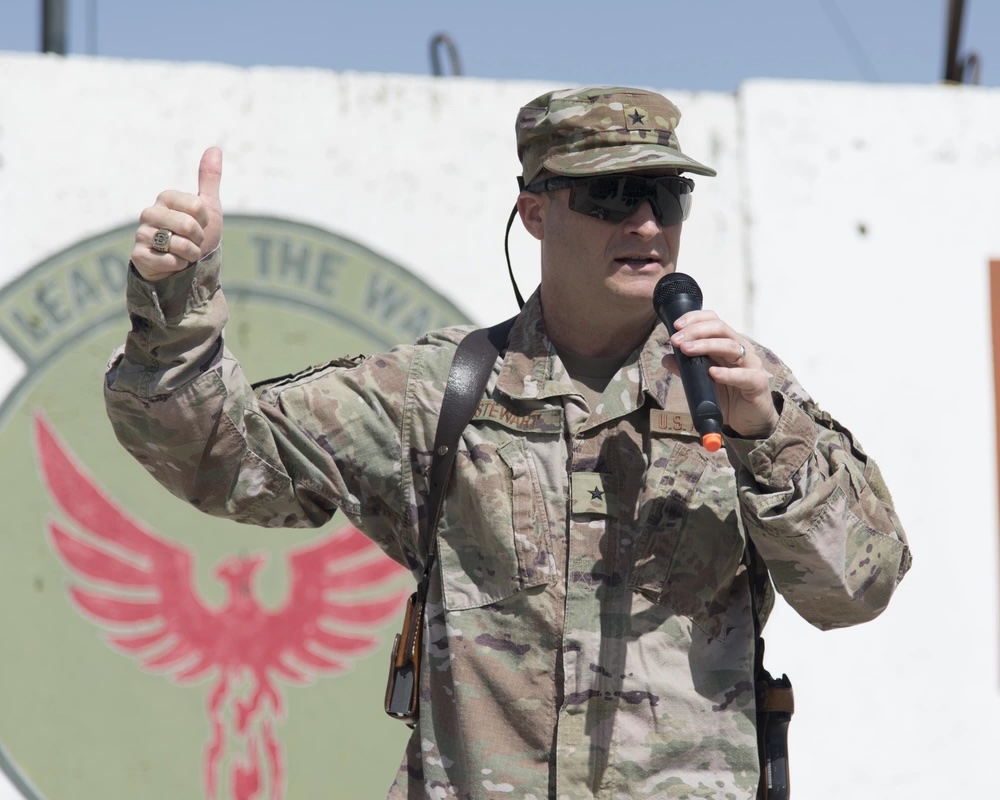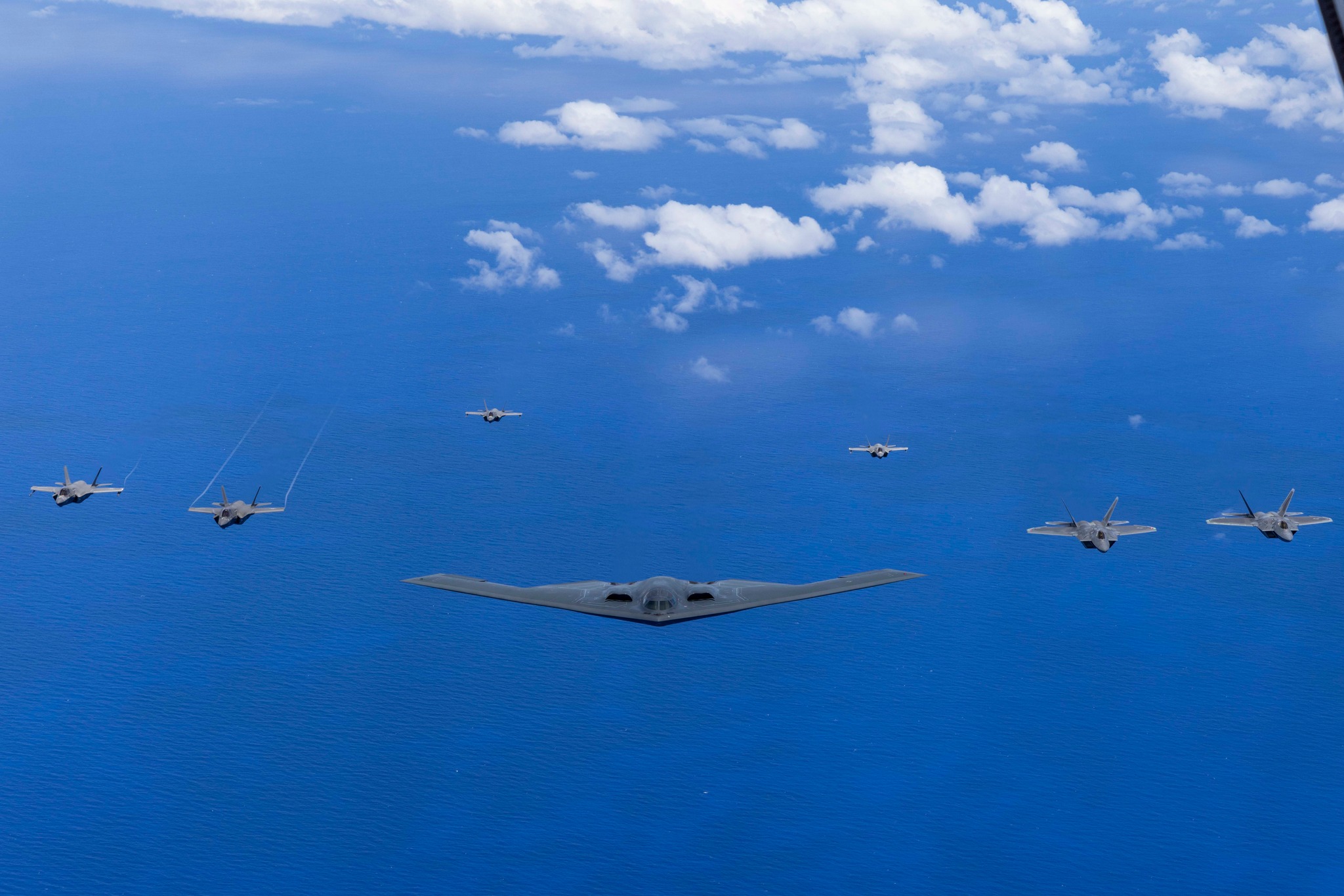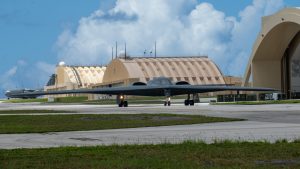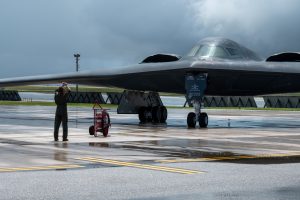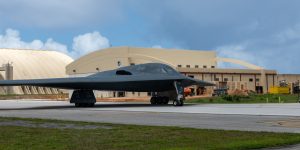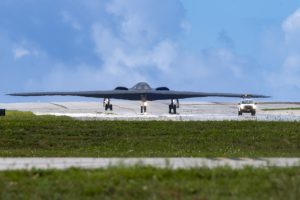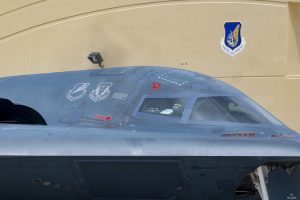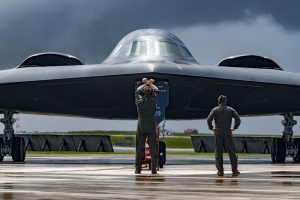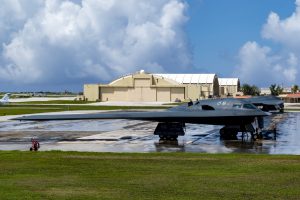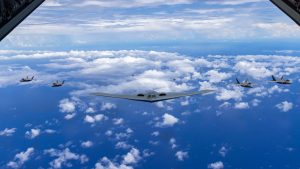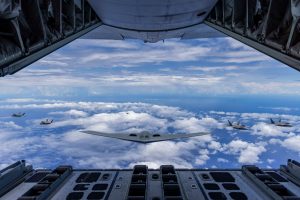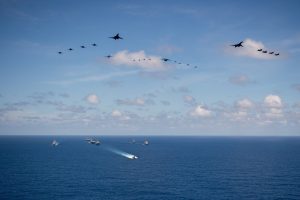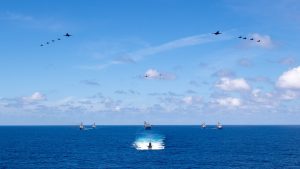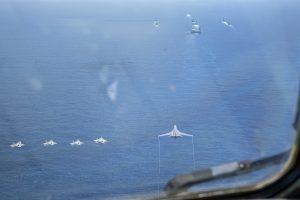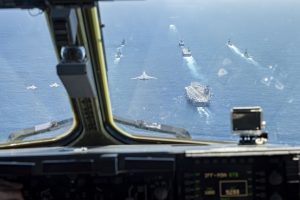The flying hours budget declined from 1.45 million flying hours in 2019 to 1.07 million in 2024, a total decline of 26 percent. USAF is seeking 1.09 million for 2025, but Deputy Chief of Staff for Operations Lt. Gen. Adrian L. Spain said the 2024 figure will likely be the standard for the time being.
“We’ve come to what we are calling a reasonably executable number at about 1.07, 1.06 million flying hours,” Spain said at an AFA Warfighters in Action event. “Regardless of the cost, that’s what we’re going to ask for each year.”
Less than two decades ago the Air Force had about 1.6 million flying hours, enabling pilots, navigators, and weapons systems officers more cockpit time to hone their skills. Now, after years of cuts, the program “is short of the true readiness requirement for the forces that we have and the operators we have,” Spain said.
But even if more hours were available, the Air Force probably couldn’t use them all.
“We haven’t executed [much] over 1.1 million hours in a very long time,” Spain said.” And so part of this is on us to actually go execute the hours. But the ask and the position we’re in now is that we are going to stabilize at this number each year, and it’s my job to work with the MAJCOMs of today to execute above that number so that we can go ask for more flying hours because we’re able to actually execute. Until we do, then this is the number we’re at for the next few years.”
In 2023, the latest year for which budget documents included the data, the Air Force flew only 1.03 million of its 1.13 million budgeted flying hours. That left more than 9 percent of flying hours unused.
| Year | Requested | Executed | Percentage |
|---|---|---|---|
| 2025 | 1.093 million | N/A | N/A |
| 2024 | 1.066 million | N/A | N/A |
| 2023 | 1.126 million | 1.028 million | 91.30% |
| 2022 | 1.151 million | 1.149 million | 99.83% |
| 2021 | 1.238 million | 1.156 million | 93.38% |
| 2020 | 1.325 million | 0.909 million | 68.60% |
| 2019 | 1.454 million | 1.099 million | 75.58% |
There are multiple reasons for the shortfall, Spain said: growing sustainment costs, declining aircraft availability, a shortage of skilled maintainers, and a shortage of pilots have all contributed to the challenge. When Vice Chief of Staff Gen. James C. “Jim” Slife had Spain’s job last year, he noted in March 2023 that: “If you gave more Flying Hour program funding, we wouldn’t be able to generate the sorties because we don’t have the flight line maintainers to generate them …. These things are all interconnected.”
One year later, Spain suggested little has changed. “it’s really about aircraft availability at the end of the day, and mission capable rate,” he said.
Mission capable rates measure the percentage of time an aircraft is able to perform at least one of its core missions. Rates have been particularly poor for older workhorse fleets like the B-1 and F-15C.
Spain said the Air Force has also had a harder time adjusting to “unplanned events,” like severe weather or unexpected maintenance.
Another issue is the trade-off between time in the cockpit and time in simulators, which can be particularly critical for fifth-generation aircraft which can’t exercise all their capabilities in open-air exercises, lest adversaries gain insights that could be used to counter them. The increasing fidelity of simulators has also brought into question how the USAF should measure true, open-air flying hours.
Simulators “can’t replace flying,” Spain said. “It is a thing that allows us to stress our operators in a way that they can’t execute on our open-air ranges. But they still need to go fly and they need to fly in tactical environments to simulate both the stressors and the fog and friction of weather, night, actual ground that you can hit … and those elements of airmanship and proficiency that you can only get while flying.”
The Pentagon is investing heavily in efforts like the Joint Simulation Environment that will allow pilots to train in advanced environments like never before. And simulators can also play a role in helping the Air Force address its pilot shortage, Spain added, potentially changing the speed with which new pilots can be trained.
But the pilot shortage could get worse before it gets better, as its roots are planted deep in decisions made a decade ago.
“We made some decisions in the mid-2010s to [add] fewer people and to produce fewer pilots in those year groups,” Spain said. Now those smaller year groups are coming up on the end of their active duty obligations. “Despite the fact that we might have pretty decent retention, Spain said, “if a year group is too small, 45 percent of 500 is different than 45 percent of 800.” That could leave the Air Force short by hundreds of experienced pilots for critical staff jobs where flying experience is typically required.
“We have to work a little harder to talk to those folks who are up for an elongated commitment or restructuring of the contract, if you will, and let them know we need them,” Spain said.
